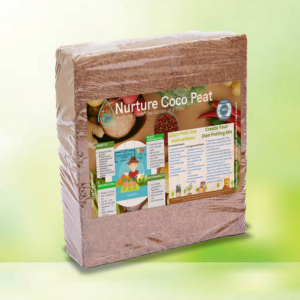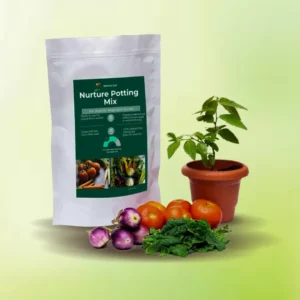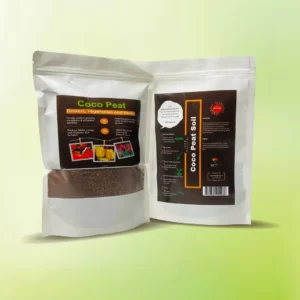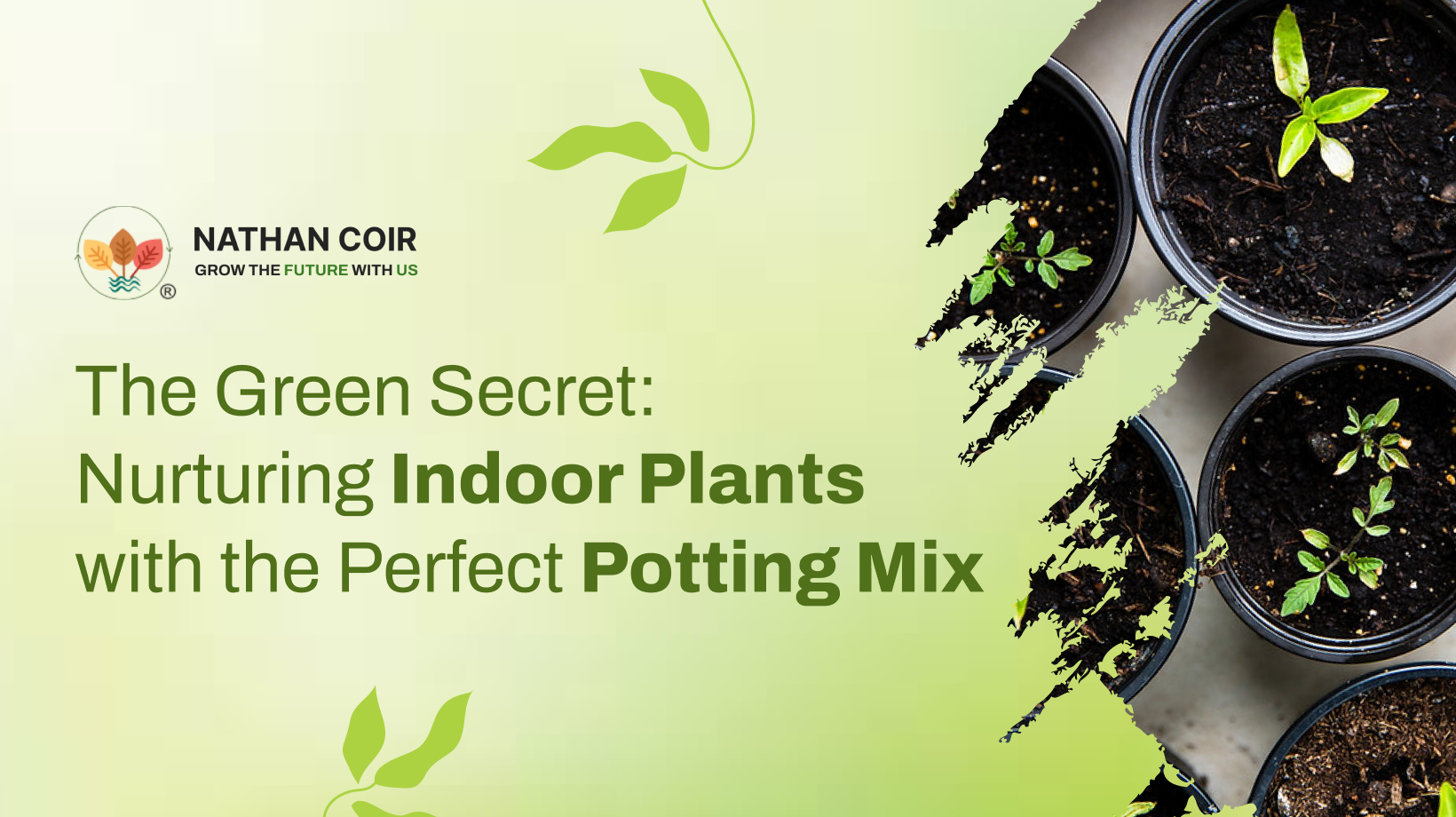Introduction
We’re here to help you pick the perfect potting mix for your indoor plants. Indoor gardening can be really fulfilling, and it all begins with finding the right soil. In this guide, we’ll walk you through the important things to think about so your indoor plants can grow happily and healthily.
The Importance of Potting Mix for Indoor Plants
potting soil for indoor plantshave transcended their role as mere decorations; they have become living art pieces, fostering tranquility, enhancing air quality, and bringing a touch of nature into our homes. However, amidst the mesmerizing allure of lush foliage, one fundamental factor often escapes our notice – the pivotal role of the health and vitality of indoor plants.”
How the Right Potting Mix Can Enhance Plant Health and Growth
In the realm of indoor gardening, the significance of selecting the cannot Right potting mix be overstated. It serves as the lifeblood of your potted companions, delivering the essential support, nourishment, and moisture retention necessary for their roots to thrive in a confined, indoor environment. A well-chosen best indoor potting soil mix can truly be the secret behind flourishing indoor greenery.
Understanding Indoor Plant Needs
Different Types of Indoor Plants and Their Specific Requirements
To unlock the full potential of your indoor garden, it is imperative to acknowledge that each plant species has unique needs and preferences. These differences must be taken into account to ensure optimal growth and longevity.
Factors to Consider When Selecting the Best Potting Mix for Indoor Plants
Water Retention:- The potting mix’s ability to hold moisture varies greatly. Some plants, like succulents, prefer quick-draining soil, while ferns thrive in moisture-rich mixes. Matching the mix’s water retention to the plant’s needs is key.
Aeration:- Adequate aeration in the potting mix ensures that roots receive oxygen, preventing them from suffocating. Airy mixes are favored by plants such as snake plants and succulents.
Nutrient Content:- The potting mix should provide essential nutrients for your plants to grow. Different plants may require varying levels of nutrients to flourish.
pH Levels:- Soil pH can significantly impact plant health.While some plants prefer alkaline conditions, others do best in slightly acidic soil. Adjusting the potting mix’s pH can be crucial for certain species.
Organic vs. Synthetic Mixes:- The choice between organic and synthetic potting mixes offers flexibility based on preference and specific plant requirements. Potting soil for indoor plants with organic mixes contains natural matter, while synthetic mixes grant precise control over nutrient content.
Choosing the Right Potting Mix
The best indoor potting soil mix is choosing the correct potting mix, such as potting soil for indoor plants. It ensures your plants receive the ideal environment for growth. Factors like moisture retention, drainage, and plant-specific requirements must be considered. The perfect potting mix is the foundation for vibrant, healthy indoor greenery.”
Understanding the specific needs of your indoor plants
To embark on a successful indoor gardening journey, it’s crucial to start by comprehending the unique needs of your indoor plants. Different species have varying requirements when it comes to soil composition. Some thrive in well-draining soil, while others prefer moisture retention. By grasping these specific needs, you can better choose the right potting mix that sets the stage for their growth and vitality.
Factors to consider when selecting potting mix (light, water, humidity, temperature)**
Selecting the perfect potting mix for your indoor plants isn’t a one-size-fits-all affair. This decision-making process is significantly influenced by a number of elements.Factors such as the amount of light your indoor space receives, your watering habits, humidity levels, and temperature fluctuations should all be taken into account. These considerations will help you pinpoint the ideal potting mix that aligns with your plant’s environmental requirements.
Importance of matching potting mix to plant species for optimal growth**
Mismatching your indoor plants with the wrong potting mix can lead to stunted growth and health issues. Each plant species has its own set of preferences, whether it’s a succulent, a tropical fern, or a flowering orchid. The importance of matching the potting mix to your plant species cannot be stressed enough. It’s the key to best indoor potting soil mix with the optimal growing conditions they need to thrive indoors.
Types of Potting Mixes for Indoor Plants
Commercial potting mixes: Pros and cons
Commercial potting mixes offer convenience and consistency, making them a popular choice for indoor gardeners. They are professionally formulated to suit a wide range of plants, ensuring good drainage and nutrient balance. However, some may contain non-renewable resources and synthetic additives. It’s essential to check labels for sustainability and adjust as needed.
Homemade potting mixes: Benefits of customization
Creating your own potting mix provides control over ingredients, allowing you to tailor it to your indoor plants’ specific needs. You can use sustainable components and adjust moisture retention and aeration based on plant preferences. Homemade mixes reduce waste and can save money in the long run, offering a personalized touch to your indoor gardening journey.
Specialized potting mixes for specific plant types (cacti, succulents, orchids, etc.)
Certain indoor plants have unique requirements that standard potting mixes may not meet. Specialized mixes are designed to address these needs. For instance, cacti and succulents thrive in well-draining, sandy mixes, while orchids benefit from airy, bark-based substrates. Using the right mix for each plant type enhances their health and encourages robust growth.
Matching Potting Mix to Plant Types
Now, let’s delve deeper into the tailored potting mix requirements for various indoor plant categories.
Succulents and Cacti
Ideal Potting Mix Composition: These water-conserving plants thrive in well-draining soil. Opt for a mix of soil mix for indoor plants, coarse sand, and perlite to create the perfect environment.
Common Mistakes to Avoid: Overwatering is a common pitfall when caring for succulents and cacti. Ensure the potting mix dries out between waterings to prevent root rot.
Tropical and Humidity-Loving Plants
Potting Mix Recommendations: Tropical plants crave moisture-retentive mixes with good aeration. Enhance standard potting soil with peat moss and perlite for optimal results.
Tips for Maintaining Humidity: Use humidity trays or regular misting to create the humid conditions these plants adore.
Foliage Plants
Specific Potting Mix Requirements: Foliage plants, renowned for their exquisite leaves, demand a balanced potting mix rich in nutrients for optimal leaf development. Incorporate compost and sphagnum moss into the mix for lush foliage.
Enhancing Leaf Health: To ensure your foliage plants thrive, adopt regular leaf cleaning routines to remove dust and maintain proper humidity levels to prevent browning or withering.
Caring for Your Indoor Plants
Beyond potting mix selection, proper care is vital for indoor plant health.
Watering Guidelines: Tailor your watering schedule to each plant’s unique needs and the potting mix type. Always allow the top inch of soil mix for indoor plants to dry before rewatering.
Fertilizing Schedules: Adhere to a consistent fertilizing regimen, but exercise caution to avoid over-fertilization, which can harm your plants.
Monitoring Plant Health: Keep a vigilant eye on your indoor greenery for signs of overwatering, underwatering, or nutrient deficiencies, such as yellowing leaves or stunted growth.
Creating your own potting mix provides control over ingredients, allowing you to tailor it to your indoor plants’ specific needs. You can use sustainable components and adjust moisture retention and aeration based on plant preferences. Homemade mixes reduce waste and can save money in the long run, offering a personalized touch to your indoor gardening journey.
How To Make Potting Mix For Indoor Plants:
Indoor plants thrive when given the right potting mix. Making your own mix is easy and ensures your plants get the specific care they need. Here’s a brief guide:
Ingredients:





The Crafting Process:
Gathering Materials:
Collect all necessary tools and materials.
Mixing Proportions:
Create the ideal blend with 1:1:1 ratios of peat moss or coconut coir, perlite or vermiculite, and compost. Adjust for plant preferences.
Adding Fertilizer:
Some plants may need extra nutrients; consider fertilizer.
Storing Excess Mix:
Seal leftovers for future use, ensuring a thriving indoor garden.
Why Choose for Nathan Coir potting mix for indoor plants:
Nathan Coir understands the importance of creating an environment where your plants can thrive, and that’s why our potting mix is the top choice for indoor plant enthusiasts. Here are some compelling reasons to choose Nathan Coir for your :
Consistent Quality:
Nathan Coir prioritizes quality control, rigorously processing and screening their potting mix to eliminate impurities and ensure unwavering quality in every bag.
Reduced Compaction:
Nathan Coir mix resists compaction over time, promoting healthy root growth and optimal water absorption for your indoor plants.
Trusted by Experts: Experienced indoor gardeners and horticulturalists prefer Nathan Coir, a testament to its reliability and effectiveness.
Conclusion
In conclusion, the journey to nurturing thriving indoor plants begins with selecting the right potting mix. This comprehensive guide has illuminated the significance of tailored potting mix choices, emphasizing factors like moisture retention, drainage, and plant-specific needs. By making informed decisions in this crucial aspect of potting soil for indoor plants, you lay a solid foundation for lush, healthy, and flourishing indoor greenery. Happy planting!




